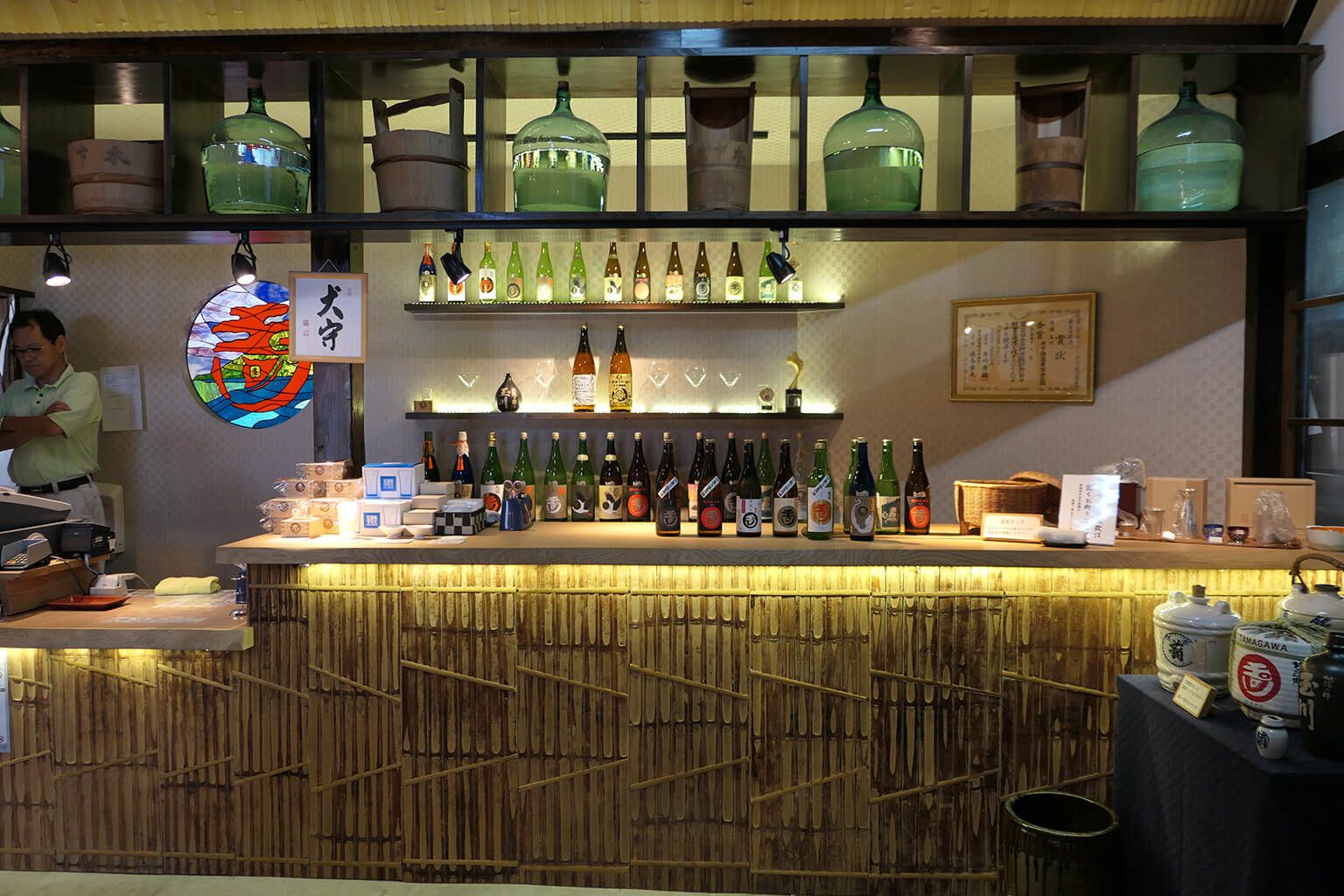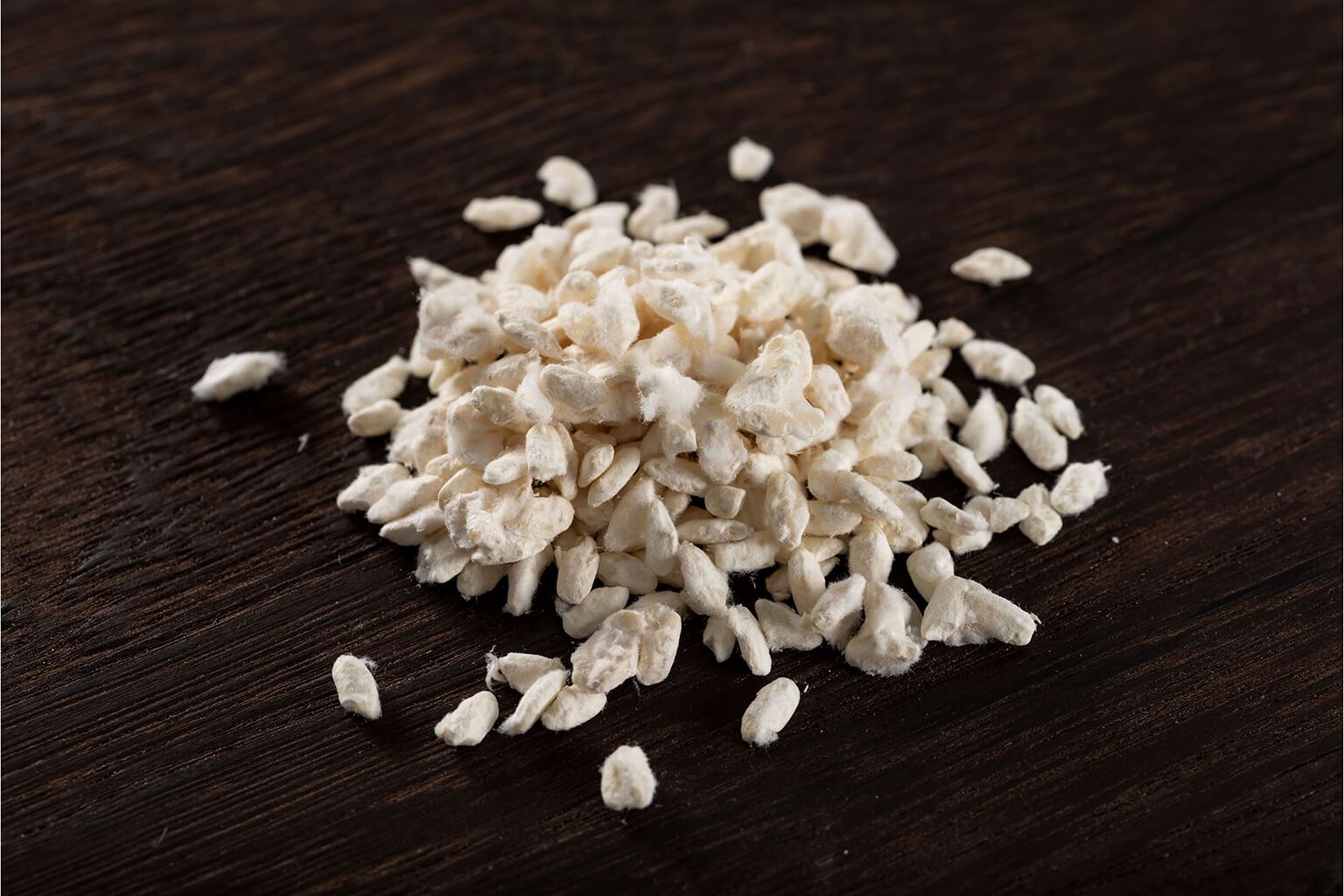Sakari is the newest brand released from the prestigious Japanese sake empire Nihonsakari. Nihonsakari was founded in 1889 and it has been the leading sake brewery for more than 130 years. The brewery is headquartered in Nishinomiya, Hyogo prefecture, which is part of Nada (Nadagogo). Nada is in the southeastern part of the prefecture, and it is one of the finest sake producing regions in the world.
What makes Nada so special is its blessed environment for sake brewing: high quality sake rice, access to abundant water sources from natural springs, and cold winds from the Rokko Mountains which aid temperature control during the fermentation process. Nihonsakari is known as one of the official sake suppliers for the Imperial Household. In Japanese culture, this is an esteemed honor that is proof of excellence.
Tradition meets modern
With the mission to further expand the love and joy of sake, this Sakari lineup targets existing sake aficionados as well as potential drinkers in international markets. These new rebranded sake, with their contemporary and chic look, will for sure attract the young generation who are adventurous and curious about trying something new. Sakari sake is also vegan, gluten free and preservative free.
Oftentimes, sake bottles you encounter in stores have labels with Japanese kanji calligraphy. This is a classic label design, but it can be confusing for those who do not read Japanese. So Sakari came up with the brilliant strategy to color-code each bottle category with unique numbers printed on the labels, which makes it easy to differentiate from each other as well as from other brands.
The label is not designed just for a buyer-friendly purpose, but also is a true reflection of the elegance and sophistication of Sakari sake. In collaboration with the Italian designer Matteo Modica, Sakari incorporated traditional kimono patterns but with a modern finish.
Last but not least, I would also like to mention their logo. It resembles a sakura flower, but if you look closely, it is composed of five sake glasses. It signifies a tribute to Nihonsakari’s original five founders, and a wish that the brand will bloom and flourish. Everything is meticulously planned and designed with attention to detail.
Tasting notes
Now I am excited to share my tasting notes. I really enjoyed the full sake lineup. As someone who spent a long enough time in the wine business, I believe Sakari will be wonderful “bridge sake,” meaning they can be great intro sake for connecting wine drinkers who have not explored the world of sake yet.
Overall, the style of sake is very clean and approachable. I could pick up lots of fruits and vegetable aromas and flavors, which I can relate to white wines. As suggested on the official website, I agree with serving at a cold temperature. I recommend serving in a wide rim glass, like a white wine glass, to fully enjoy the aroma.
Sakari does not disclose rice variety or blend details. According to Mr. Yoshimatsu, who oversees Sakari’s international promotion, the information was intentionally left out so customers can drink without preconceptions.
Sakari “no. 11” Junmai Daiginjo
Category: Junmai daiginjo
Alcohol percentage: 15%
Polishing ratio: 50%
Suggested serving temperature: Chilled
The aroma starts off with white peach, cucumber, jasmine and cotton candy with a hint of nuttiness. The flavor is led by ripe melon and tropical notes such as papaya, followed by a vegetal character that reminds me of summer squash. It has a round and velvety finish and a full body. This sake is very smooth but has a touch of sweetness. It will pair well with fatty seafood as well as exotic Asian spices.
Japanese pairing: Sashimi of fatty fish (e.g. toro, salmon and nodoguro)
Asian pairing: Shrimp pad thai
Western pairing: Salmon tartare with avocado
Sakari “no. 12” Daiginjo
Category: Daiginjo
Alcohol percentage: 16%
Polishing ratio: 50%
Suggested serving temperature: Chilled
This has a lively aroma of apricot, mango and white bouquet such as acacia and lily flower, with a hint of sweet basil. The flavor is consistent with the aroma profile, but I can also find melon and ripe green apple and a hint of delicate Provence herbs. The finish is very clean and rather dry.
The sake is medium bodied and has a very refreshing aftertaste. You can taste an umami component, and this pairs well with a variety of proteins and greens.
Japanese pairing: Yakitori (e.g. sasami chicken breast with salt and wasabi)
Asian pairing: Chinese sauteed snow peas and scallop
Western pairing: Italian caprese salad
Sakari “no. 13” Junmai Ginjo
Category: Junmai ginjo
Alcohol percentage: 15%
Polishing ratio: 55%
Suggested serving temperature: Chilled
An aroma of tropical fruits such as mango and papaya is followed by ripe cantaloupe with a hint of banana cream pie. The flavor starts with banana, melon and a pastry nuance. This is a very balanced sake with a round finish. This sake has a warm feel to it. It will pair with dishes that have a sweet or rich flavor with complexity.
Japanese pairing: Miso cod
Asian pairing: Vietnamese bánh xèo (Vietnamese pancake with pork)
Western pairing: Pâté de foie gras with French baguette
Sakari “no. 14” Junmai
Category: Junmai
Alcohol percentage: 13%
Polishing ratio: 75%
Suggested serving temperature: Warm/room temperature/chilled
The aroma starts off with autumn pear, cedar, white anise and white pepper. On the palate it is dry. You will find a comforting flavor of steamed rice with some sort of root vegetable — I would say cooked daikon radish. It is a clean and crisp sake.
This sake has a rustic character to it. It will pair with complex dashi-based flavors as well as a variety of spices, such as ground coriander, cumin and white pepper.
Japanese pairing: Oden (Japanese fish cake stew)
Asian pairing: Indian samosa
Western pairing: Charred asparagus with Parmesan cheese and white pepper
Sakari “no. 21” Yuzu
Category: Yuzu
Alcohol percentage: 8%
Suggested serving temperature: Chilled/on the rocks
This is a sake made from freshly harvested yuzu from Kochi and Kagoshima prefectures. For those who are not familiar with yuzu, it is a type of citrus fruit that is usually smaller than the size of a lemon. It is often associated with Japanese cuisine as a flavoring agent. Every part of the yuzu (skin, pulp, seeds) is used in the production process.
As soon as you open the bottle, you will be hit by the powerful yet beautiful natural scent of yuzu. The enveloping fragrance reminds me of “yuzuyu,” a Japanese yuzu bath. The flavor is very refreshing; it is not as sweet as I expected. The pairing can go in several directions; it can pair with citrus-flavored proteins and desserts, or you can treat it as an after-meal drink like quality limoncello.
Japanese pairing: Tofu with yuzu miso/citrus mochi
Asian pairing: Chinese lemon and basil stir fry/almond jelly
Western pairing: Lemon pepper chicken/citrus tart















